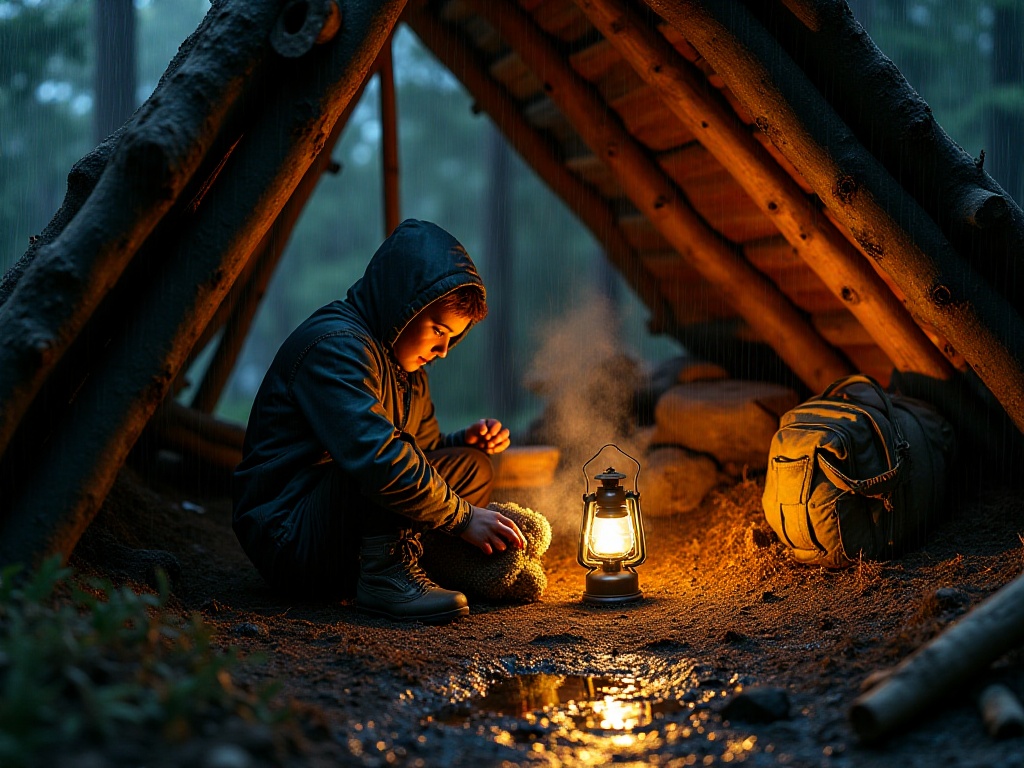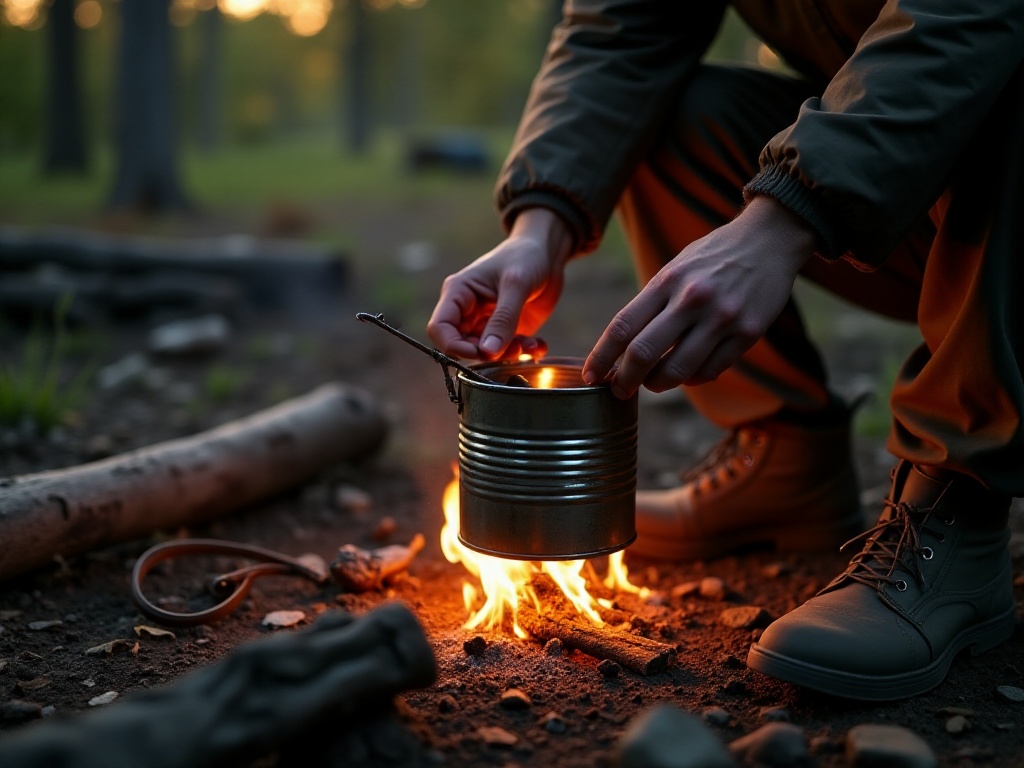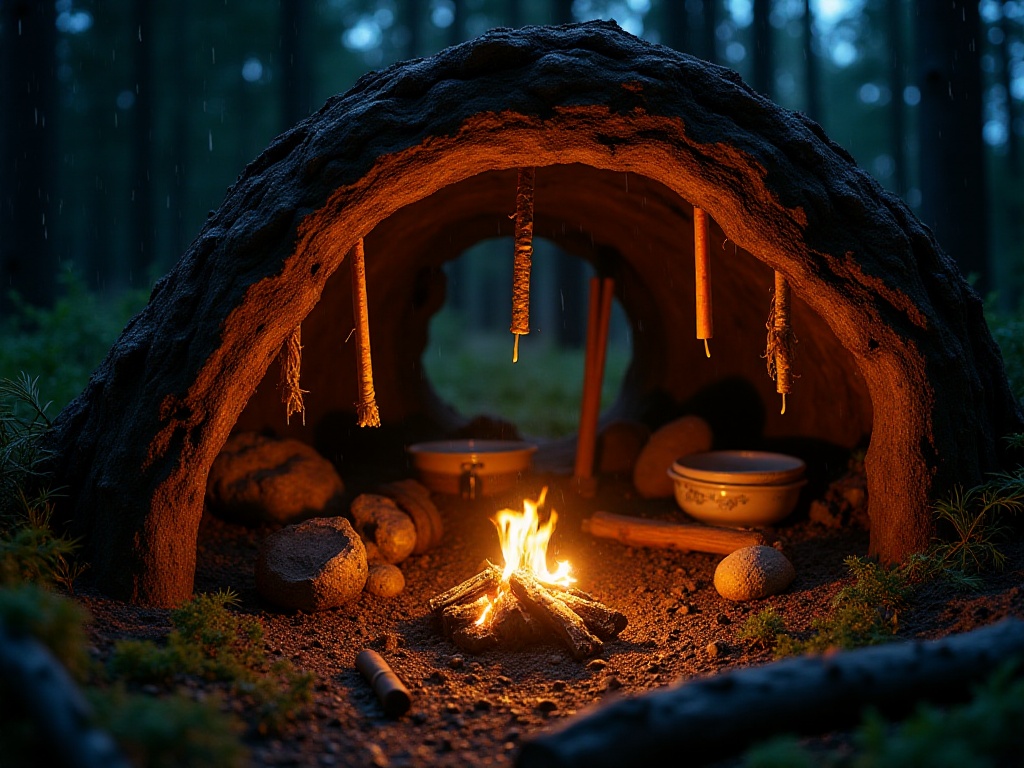Opening Thoughts
Brothers and sisters, today I want to talk about an awesome piece of equipment. It's not some fancy gear, but the tape we see every day! Don't laugh - this thing is truly a miracle tool for outdoor survival. I've been completely blown away by its amazing uses.
As an experienced outdoors enthusiast who frequently ventures into the wild, I often get asked: "Hey buddy, what equipment should I bring outdoors?" They probably expected me to recommend some high-end gear that costs as much as a car. But today, I'm going to tell you how a simple roll of tape can work wonders in the wilderness!
Buying Guide
Don't rush to buy tape just yet - let me teach you something first. There are so many types of tape on the market, so we need to choose wisely, right? They range from a few dollars to dozens per roll. After years of wilderness exploration, I can responsibly tell you that military-grade duct tape is absolutely the best partner for outdoor survival.
This tape is incredibly tough, with outstanding waterproof properties, adhesion stronger than couples in love, and durability greater than a bodybuilder's muscles. I've tried various brands and found that military-grade duct tape is truly reliable - once you use it, you'll know what true love is.
Storage Tips
At this point, some of you might say: "Bro, a whole roll of tape is so big, won't it take up the whole backpack?" Hold on, let me teach you a brilliant trick. Wrap the tape around your water bottle - this is simply a genius invention in storage! It not only saves space but also allows you to tear off pieces as needed - how awesome is that?
Every time I go out, I wrap about four to five meters of tape around my water bottle. This way it doesn't take up space and can handle various emergencies. Sometimes when other hikers need help, I can solve their problems with just a quick tear - I'm like a walking rescue team!
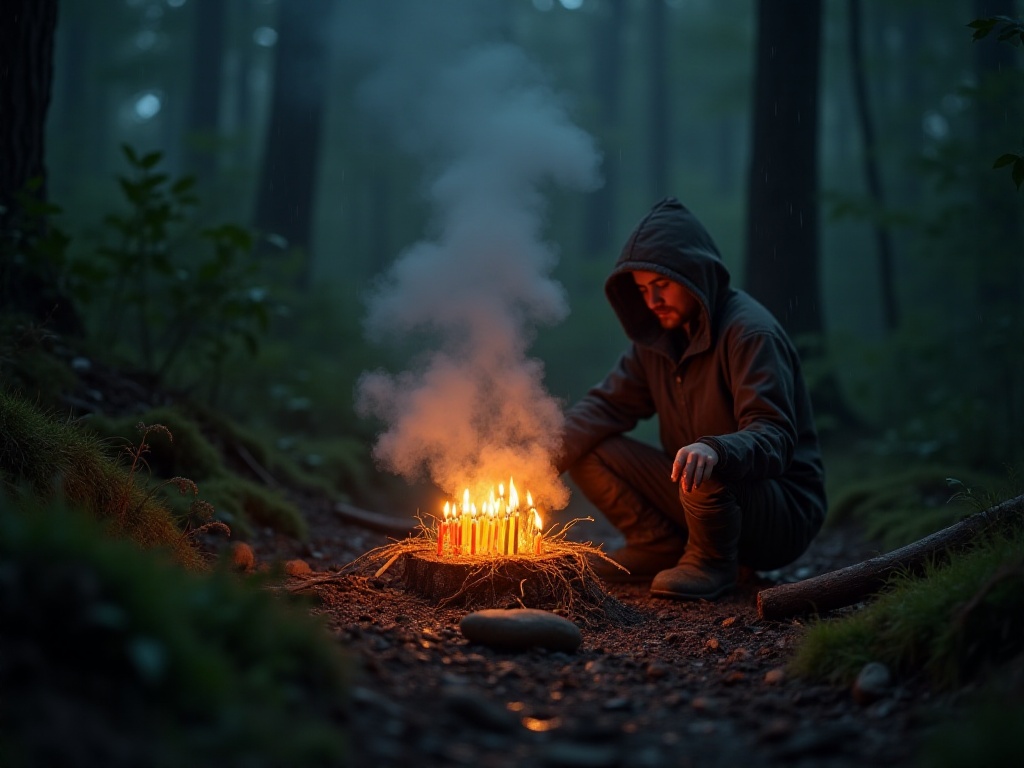
Equipment Repair
Speaking of equipment damage, this happens all too often in the wilderness. The other day when I was leading a hiking group, a girl's tent got punctured by a tree branch, and she was almost in tears. Without hesitation, I pulled out my tape and fixed it in no time. That night it rained heavily, and when I asked the next day, her tent was as dry as the Sahara - not a single drop got in.
That's not even the most impressive part. I've seen people use tape to repair separated boot soles, broken backpack straps, torn rain jackets, and even fix broken trekking poles to continue using them. This repair capability is like a wilderness version of "Tomorrow's Innovation"!
Medical Applications
When it comes to medical uses of tape, we could talk for days. It's like carrying a small hospital with you, capable of handling various emergencies.
I remember once taking some newcomers hiking, and a girl wearing new hiking boots started complaining about foot pain halfway through. I quickly took out the tape and wrapped it around the areas prone to friction. The effect was amazing - the pain disappeared immediately, and she made it to the end without any issues.
Another time, a guy accidentally cut his arm on a rock. The wound wasn't deep but kept bleeding. Band-aids were too small to handle it, so I used the tape to secure a clean piece of gauze, perfectly solving the problem. Everyone around was impressed by this move.
Moreover, tape can secure temporary splints. Once when someone sprained their ankle, we used two tree branches as splints, secured them with tape, and managed to help them walk to the nearest supply point. In these situations, tape is truly a first-aid miracle tool!
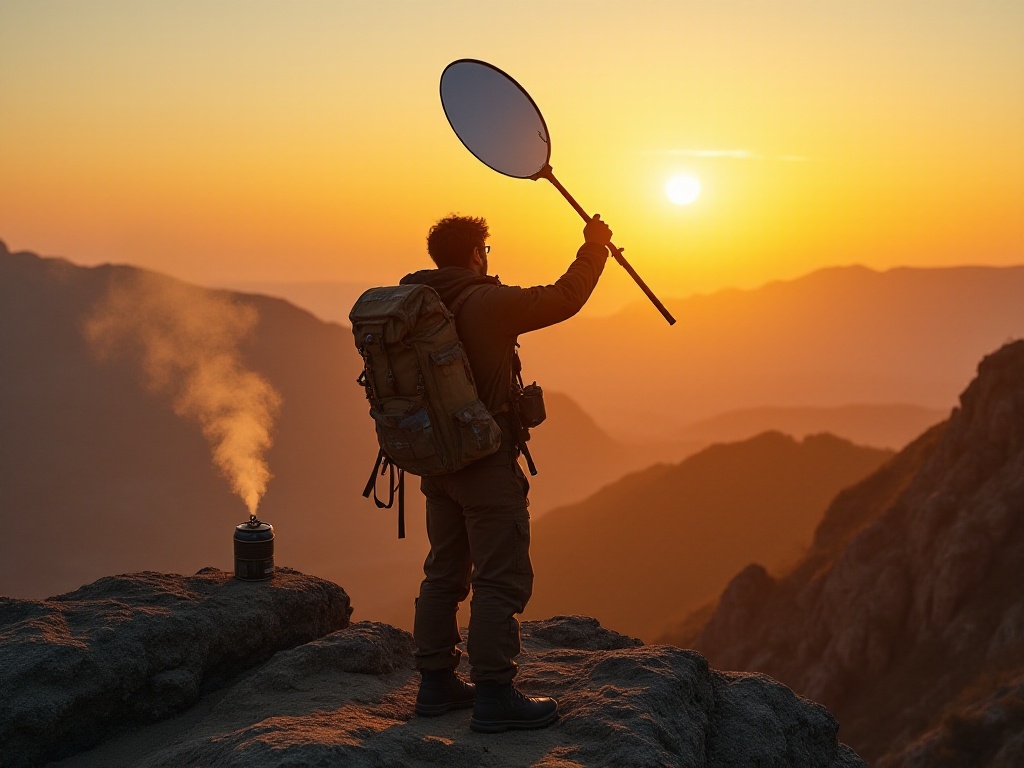
Survival Uses
When it comes to survival scenarios, tape is like a treasure chest of wilderness survival. Let me break it down for you:
First is making temporary rope. Fold the tape several times and twist it into a rope shape - its strength will exceed your expectations. The rope I've made using this method can easily hold dozens of pounds without issues.
Repairing damaged backpacks is also its specialty. Previously, when a friend's backpack strap broke, we reinforced it with tape. Not only did it last the entire trip, but he continued using it for several months afterward.
Tape is also great for building temporary shelters. Use it to secure tarps or plastic sheets, and you can set up a wind and rain-resistant temporary camp in minutes. I've tested it in the rain - it's super stable!
One night when a flashlight handle broke, it became too slippery to hold. After wrapping it with a few rounds of tape, the problem was solved immediately - the grip felt even better than the original.
The most amazing thing was using tape to bind wood for building tent frames. Once when our tent poles broke, we built a temporary frame with some tree branches and tape - it turned out even sturdier than the original!

Real-World Cases
Last summer's experience really brought my admiration for tape to a peak. That day, I was leading a group deep into a primitive forest when one guy's carbon fiber trekking pole broke into two pieces. We were still almost 15 kilometers from our destination, and being without a trekking pole in this situation was deadly.
Without hesitation, I pulled out my tape and tightly wrapped the broken trekking pole with more than a dozen rounds. I must say, this move was brilliant - not only did it help him complete the remaining journey, but this "reborn" trekking pole accompanied him on several more hikes afterward. Every time he shows off this trekking pole, he makes sure to tell this "legendary" story.

Innovative Uses
Besides these conventional uses, I've discovered many clever tricks that will surely open your eyes:
Putting a layer of tape on shoe soles is like wearing anti-slip shoes. It's especially effective on smooth rock surfaces - the anti-slip effect is even better than many hiking boot soles. I've tried walking on wet rocks - super stable!
Making waterproof sealed bags with two layers of tape is another brilliant move. Place items that need waterproofing in the middle, seal the edges tightly with tape, and the waterproofing effect is excellent. I've protected phones, cameras, and even used it to store fire starters - never had any issues.
Perhaps the most practical use is making temporary patches. Whether it's a leaking tent, torn backpack, or ripped clothes, a tape patch solves the problem in minutes. Once when my rain jacket was torn by a branch, I patched it with tape - not only did it maintain its waterproof properties, but it lasted for half a year.
Then there's using tape to secure various devices - this trick is super useful. For example, if your phone mount breaks, you can quickly secure it to a trekking pole with tape, allowing for any angle you want to shoot. If a camera tripod is unstable, wrapping it with a few rounds of tape significantly improves its stability.

Closing Thoughts
By now, I believe your perception of tape has completely changed, right? It's like a superhero in the wilderness survival world, always stepping up when you need it most. So my advice to all outdoor activity enthusiasts is: tape is a must-have - it might be the cheapest but most practical outdoor equipment.
Here's a small tip: to maintain the tape's best condition in humid environments, I always keep it in a sealed bag. This not only helps the tape maintain optimal adhesion but ensures it won't fail at critical moments. This is experience I've gained through countless practical applications!
Finally, I'd really like to hear your stories. Have you solved any particular wilderness challenges with tape? Or do you have any unique tape usage techniques? Come share with everyone - your experience might help other outdoor enthusiasts reading this article. Let's build a bigger platform for sharing outdoor survival tips together!




